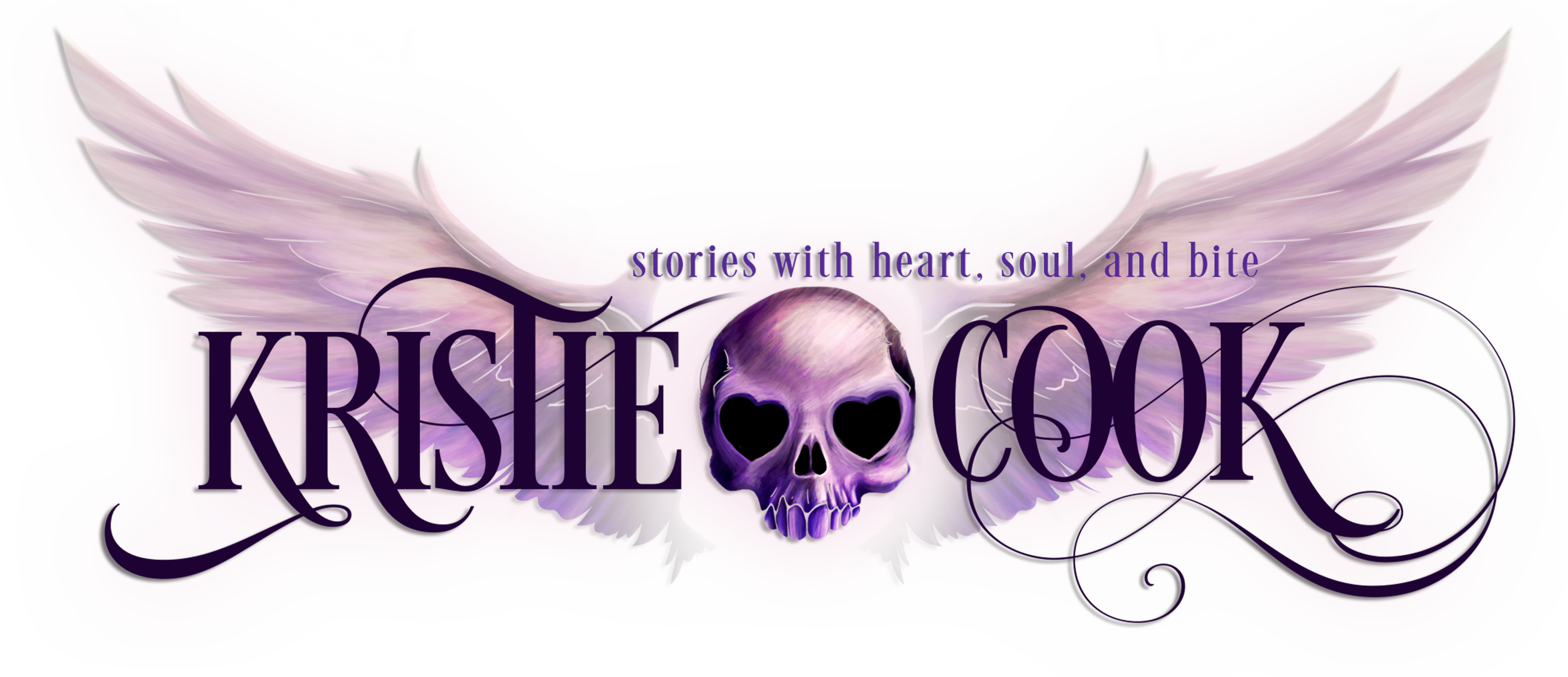A few months ago, I made a goal for myself to read at least one craft book per month. Um, that’s craft as in writing craft, not as in arts and crafts. Unfortunately, I don’t have time for those kinds of crafts these days. Anyway, I started by trying to re-read Donald Maass’ Writing the Breakout Novel and the accompanying workbook, but they weren’t really grabbing me. I’d already read both a couple times and wanted something new, so I kind of fell off the wagon.
But staying up on our craft is important. We can always improve, right? So I promised myself I’d get back into it. As mentioned, I’ve been reading Novel Shortcuts: Ten Techniques That Ensure a Great First Draft by Laura Whitcomb – my June craft book of the month. Because we’re all short on time and don’t want to waste what little bit we have on useless craft books, I thought I’d share my thoughts, to hopefully help you. So…here goes.
What I Liked About This Book:
- Real techniques you can use – Whitcomb doesn’t just share theory and ambiguous ideas to help improve your writing. She provides real tips and methods to put into practice right away. The “shortcuts to a scene” method, for example, which, as I said, I found quite useful.
- Examples that we’re familiar with – I’ve picked up a few craft books where the author shares examples of their ideas from books I’d never even heard of, let alone read. I’d not only heard of the vast majority of Whitcomb’s examples, but I’d either read them or, at least, was familiar enough with the story to understand what she was saying. I didn’t feel like I needed to add a bunch of books to my already teetering TBR pile to ensure I understood a key point.
- Easy to read – Whitcomb isn’t trying to impress us, other writers, with high brow theories, prose or vocabulary. Rather than using our brains to figure out what she’s saying, we can use them to figure out how to apply what she’s suggesting to our own writing.
What I Didn’t Like About This Book:
- “Shortcuts for first draft” idea – Maybe it’s just because I’m more of a pantser, but I couldn’t see myself using any of these techniques for writing the first draft. I’ve actually used outlines for my current two WIPs and have come to like them, but the techniques in this book are so specific, I just don’t see how you use them before you even have a draft to work with. For example, she suggests identifying the “crosshairs moments,” the main ones that are turning points for the story, as well as the minor ones – the turning points for each chapter. In fact, she says to even identify the crosshairs sentence in a chapter. Well, maybe for a few scenes, you already know in your head what that phrase is, but otherwise, how can you know it for each chapter until you’ve written it? So, to me, this is more a book for the second draft.
- Poor examples – Okay, so I just said I liked the examples, but for that, I meant the books she referred to. Here, I mean the specific examples she provided to show a before and after. In many cases, I didn’t see the point or didn’t see how the after was much improved. It was different, sure, but not necessarily better. Maybe this is a style thing. I don’t know. I just wasn’t impressed.
My Favorite Parts
Since this is a book about techniques, here are my favorite ones:
- Crosshairs Moments – As mentioned, these are the turning points of your novel and of each chapter. You should always be writing toward that moment or away from it. Identifying the crosshairs moments – the big ones and little ones – should help you see whether a scene or paragraph is even necessary.
- Shortcut to the Scene – I wrote about this and put it into practice with impressive results.
- What to Do When It Stinks – Whitcomb provides some excellent ideas for improving the draft…obviously after you’ve written it.
Recommendation: Yes, I’d recommend this book to any writer needing some new ideas for either the first draft or revisions. Is there anything groundbreaking? Meh, probably not. Is it among my top recommendations? No, not really. But if you sometimes just need to hear something differently or want to know what works for other writers, this is a good book to have on hand.
Let me know if you’ve read it or if you do. I’d love to hear your thoughts and reactions.
